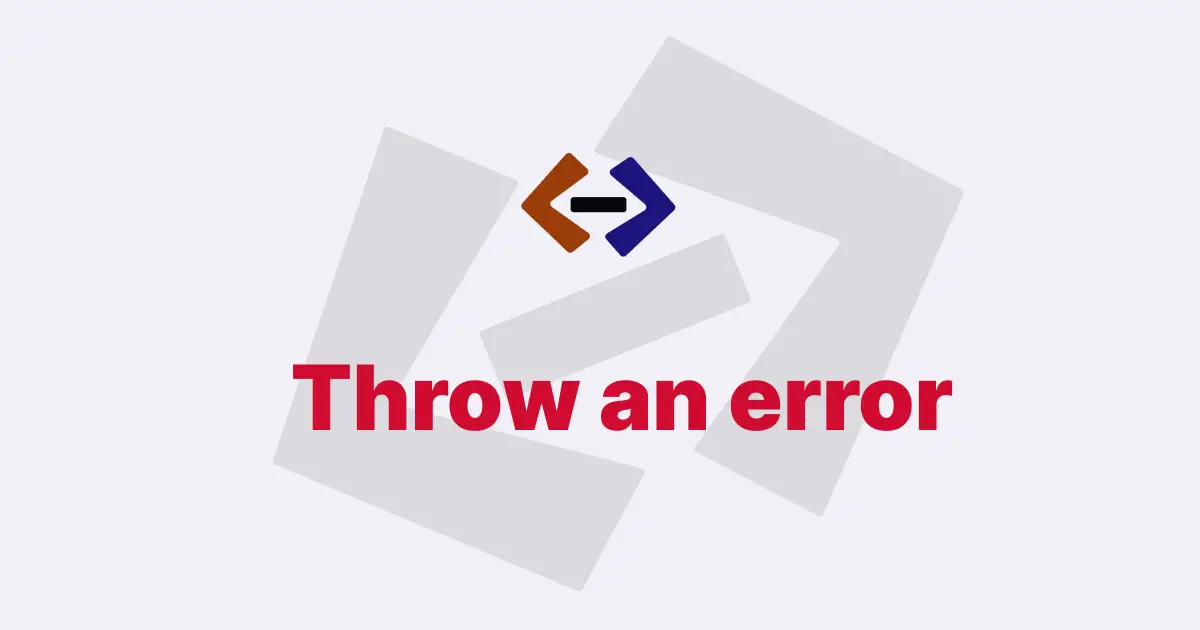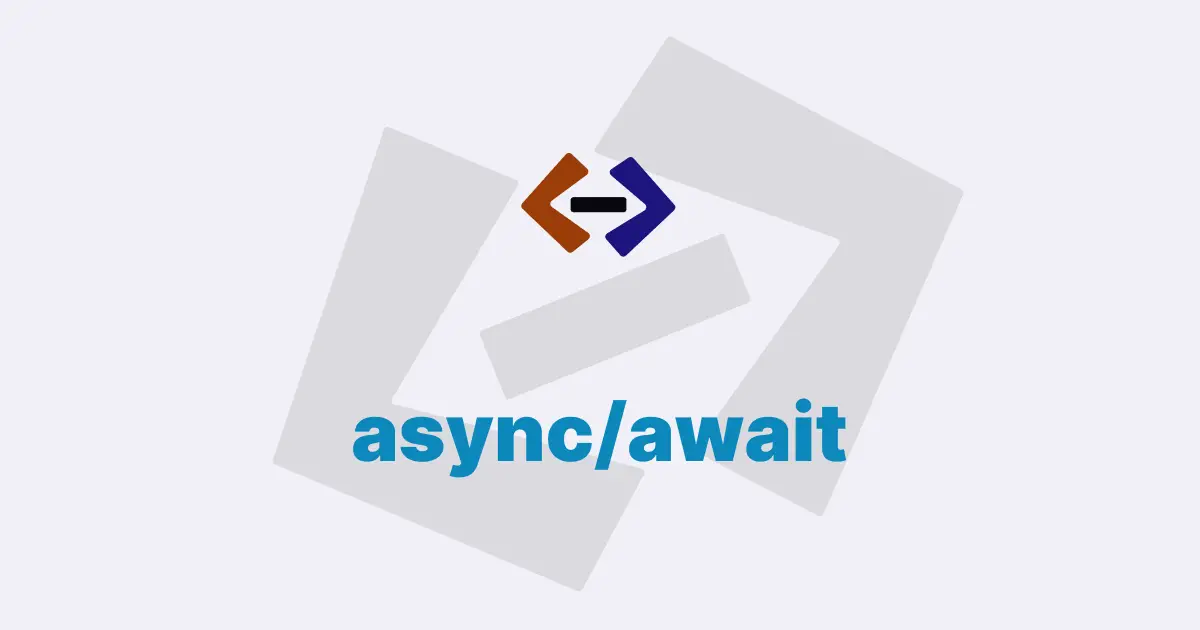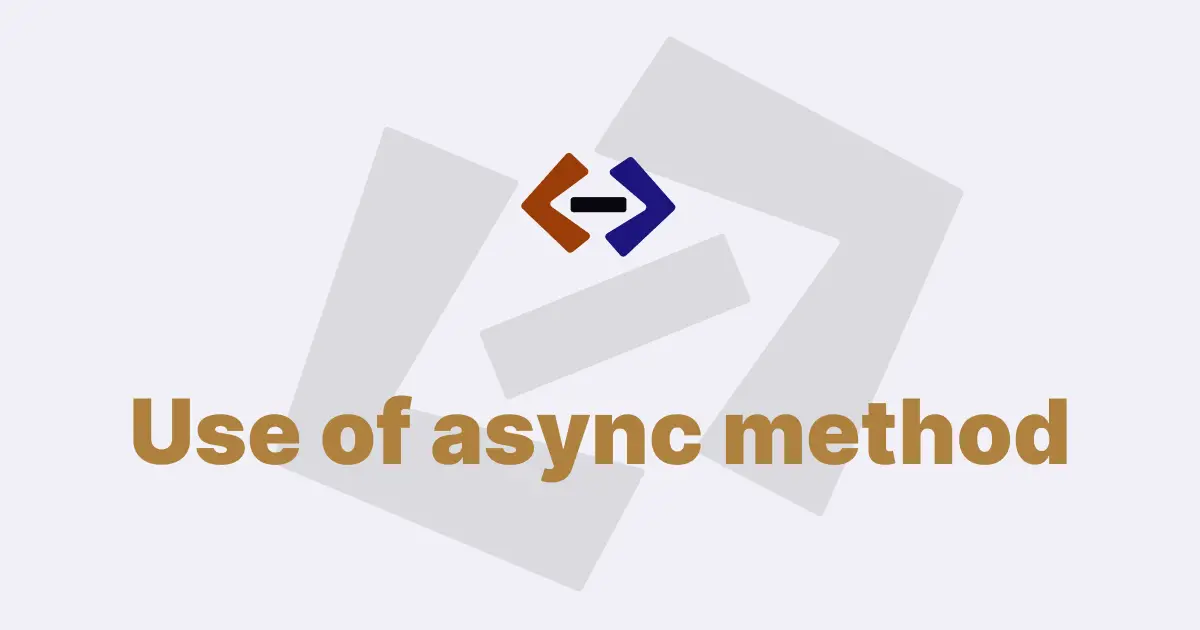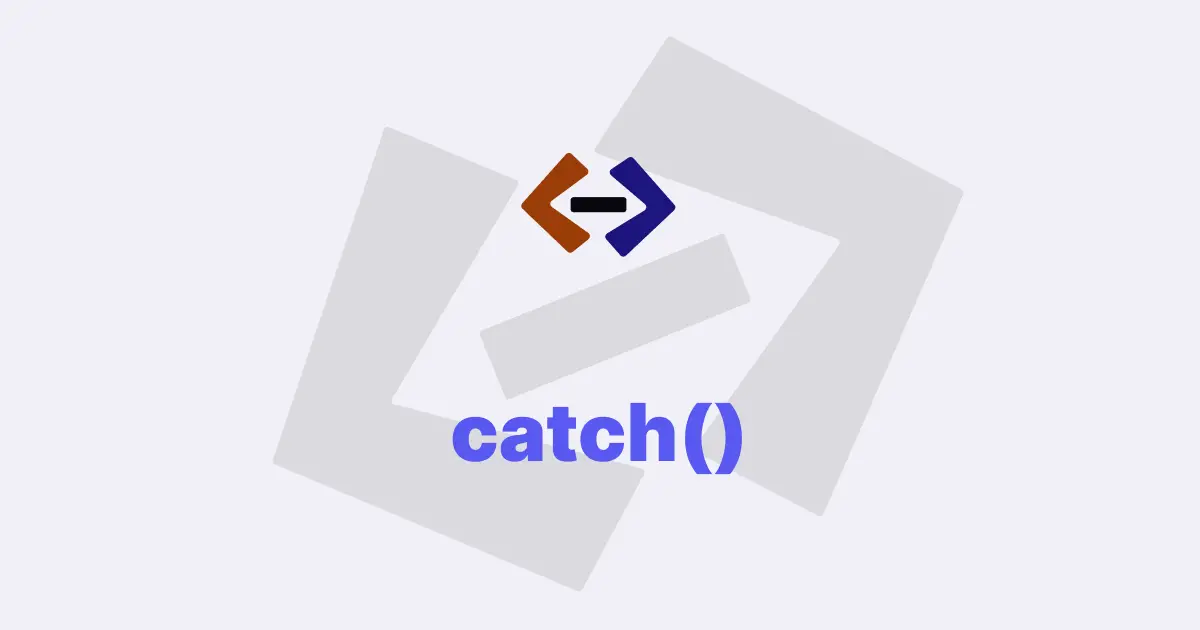In JavaScript, there are several ways to catch errors that occur during runtime.
The most common method is using a try-catch block. This block allows you to try a block of code and catch any errors that occur during execution.
Here are some methods to catch errors:
1. Using try-catch blocks:
The try-catch block is a powerful tool for catching errors in JavaScript. It allows you to run a block of code and catch any errors that occur during execution.
Here is an example:
try {
// This block of code may throw an error
let result = someFunction();
console.log(result);
} catch (error) {
// This block will run if an error is thrown
console.error("An error occurred:", error);
}In this example, the try block attempts to execute the someFunction function. If an error occurs during execution, the catch block will be executed. The error object will be passed to the catch block as a parameter, and you can use it to print an error message or take other actions.
2. Using throw statements:
You can also use the throw statement to create your own custom errors. This is useful when you want to provide more specific information about an error that occurred.
Here is an example:
function divide(a, b) {
if (b === 0) {
throw new Error("Cannot divide by zero");
}
return a / b;
}
try {
console.log(divide(10, 0));
} catch (error) {
console.error("An error occurred:", error);
}In this example, the divide function checks if the second parameter is zero. If it is, the function throws a new Error object with a message that says "Cannot divide by zero". When the try block attempts to execute the divide function with a second parameter of zero, the catch block will be executed with the error object containing the custom error message.
3. Using the Error object:
The Error object in JavaScript is a built-in object that represents an error that occurred during runtime. You can use this object to catch errors and provide more information about what went wrong.
Here is an example:
function validateEmail(email) {
if (typeof email !== "string") {
throw new Error("Email must be a string");
}
if (!email.includes("@")) {
throw new Error("Invalid email format");
}
return true;
}
try {
console.log(validateEmail("john.doe@example.com"));
console.log(validateEmail(123));
} catch (error) {
console.error("An error occurred:", error);
}In this example, the validateEmail function checks if the parameter is a string and contains the ”@” symbol. If any of these conditions are not met, the function throws an Error object with a custom message. The try block attempts to execute the validateEmail function with both a valid email and an invalid one. The catch block will be executed with the error object containing the custom error message.
4. Using the try-catch-finally block:
You can also combine the try, catch, and finally blocks to handle errors and clean up resources.
Here is an example:
function readFromFile(path) {
let fileContent = null;
try {
// Read file content
fileContent = fs.readFileSync(path, "utf-8");
console.log("File content:", fileContent);
} catch (error) {
console.error("An error occurred:", error);
} finally {
// Release resources used for reading file
console.log("File resources released");
}
return fileContent;
}
console.log(readFromFile("example.txt"));In this example, the readFromFile function attempts to read the content of a file. The try block contains the code that performs the read operation and prints the file content. If an error occurs during the read operation, the catch block will be executed and an error message will be printed. The finally block releases resources used for reading the file, regardless of whether an error occurred or not.
Thank you for reading, and let’s have conversation with each other
Thank you for reading my article. Let’s have conversation on Twitter and LinkedIn by connecting.



